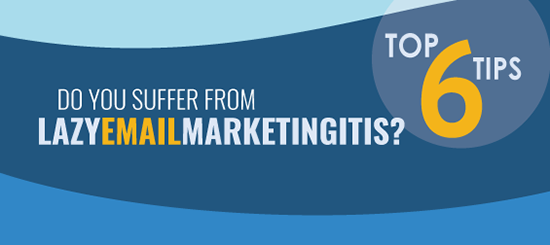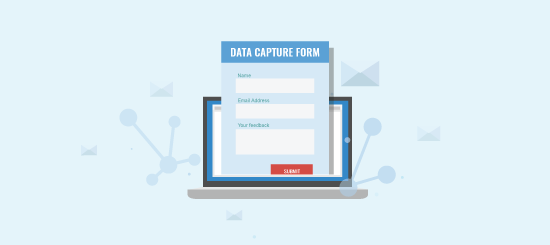If you’re anything like me, you’ve probably got your inbox sorting technique down to a tee. Fast and furious scanning through swathes of emails, assessing entire groups of messages in seconds flat. Read, mark as read, spam, delete, delete, delete.
It’s a pretty efficient but brutal process to be sure, and sometimes even the most loved messages can be missed due to my frantic judgement. But with the sheer volume of email that’s sent every day, these snap judgements have become second nature to the average email user.
When deciding how to process an email, you don’t really have much to go on. Sender name, subject line and sometimes a preview of the first line of text. With hundreds of other messages vying for your attention, it’s a harsh environment for an email to find itself in, so how do you make your message stand out from the crowd?
Increasing your open rate is a bit of an art form, and techniques differ between industries. So, to help get you started here our our top five top tips to getting noticed in the inbox…
Strong Subject Line/Personalisation

Ok, first we’ll look at the elephant in the room. Subject lines. Common sense is your best ally here, condense your email content down into one short sentence, be upfront, honest and don’t use spammy words.
Keep It Short
Most email clients will display the first 35-50 characters of an email’s subject line before it is clipped and appended with an ellipsis…
Be Concise
Get your main message across in the least amount of words possible.
Stay Sensible
Avoid excess punctuation, especially exclamation marks!!!
Get Personal
Adding personalisation can help to make your email more relevant. Use the subscribers name, company, home town etc…
Can the Spam
Words like FREE, quote, help, bonus, guarantee and earn are sure to set off your subscriber’s internal spam filter.
A golden rule with subject lines is to think about what wording would cause you to open an email. Opening up your own inbox and having a scan through the subject lines that you receive is always a good place for inspiration.
From Name

Your ‘from name’ is just as important as your subject line, sometimes more so. It’s your main identity, and will usually be the first thing your subscribers read when assessing if your email is worthy of being opened. If possible you should keep this static so subscribers can easily identify your emails in the future. Over time you’ll build a reputation with your subscribers, which will help them to assess your emails more efficiently.
Personalisation can be useful here too. If you’re sending a bulk message to multiple subscribers/prospects, using the name of their account manager or sales representative will give your message an extra bump in relevance.
Make Your Email Symbol-ic

Symbols are still quite a rare (but fun!) occurrence in the inbox, and as such they’ll help your email stand out among the rest. They’re pretty painless to setup, and work best when used in conjunction with the context of your subject line. You can find a list of unicode symbols here, simply copy and paste out the ones you’d like to use.
Some good examples of symbol use in subject lines:
Share the ♥ this valentine’s day
♬ Your Campaignmaster party invite has arrived
Make sure your vote counts ✔
Symbols should be used sparingly, if you plaster them all over the place they’ll become background noise and probably make you look a bit spammy to boot.
Symbols are not universally supported in all email clients, so test throughly before sending.
Personalise Your Snippet
Some email clients will display a ‘snippet’ or ‘preview’ of an email’s content alongside its subject line. This is usually the first section of text that appears in the email, so the easiest way to define your snippet text is by writing a brief sentence at the top of your message describing it’s contents.
Your snippet should elaborate on your subject line, giving your subscribers more information about the contents of your email. Make sure your snippet appears before your pre-header/ ‘view online’ links, otherwise it won’t be displayed.
Good:

Bad:

A/B Testing
One of the most powerful tools available to help you fine-tune your open rate is the A/B test.
A/B testing (or ‘split testing’) is the ability to send two or more versions of the same email to a small percentage of your subscriber list. This enables you to try out different variations of the techniques above. For example, you can send a campaign using a symbol in the subject line to 10% of your list, and one without a symbol to another 10%.
After you have viewed the results, you can then send the most successful campaign to the remaining 80% of your list. As you send more and more campaigns over time A/B testing will assist you in getting your open rate as high as possible.
Conclusion
So, that brings us to the end of our top 5 open rate tips, I hope you find them useful! As i said earlier, open rate techniques are something of an art and vary on a number of factors. Your subscriber list, industry, email content, time of send etc… and the best way to find your own sweet spot is to A/B test your way to success.









